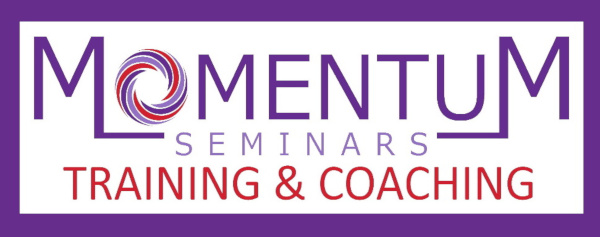
It’s tougher now than ever to manage a team of employees when so many are working remotely. For most, this is a new experience for the employee, the manager and the corporation itself. But this is not a phenomenon that is going away. Working from far away appears to be here to stay.
In the past, when an employee might otherwise be content avoiding rush hour gridlock and working in comfortable house slippers, it was the manager who took a dim view on that scenario. After all, when the cat’s away, the mice will play, won’t they? How can a manager prove his worth unless he is physically staring at his people? What if employees get their projects for the day completed in seven and a half hours instead of eight? What will they do with the additional 30 minutes? Who will complain about the refrigerator in the break room and contribute to the coffee kitty?
Recently, I was interviewed for a podcast for public speakers. The host wanted to discuss my new book, Managerial Mistakes, Missteps & Misunderstandings: An Essential Guide to Avoiding Common Pitfalls. Of course, I was honored but concerned about the content of discussion, because the episode would only be 20 minutes. I suggested narrowing it down to my chapter on the trappings of micromanaging, a personal pet peeve of mine. But the host was most intrigued by my segment on managing remote workers. This portion almost didn’t make it into the book, but given the current circumstances caused by COVID-19, I felt it was necessary to include it.

In the book I discuss the problem of a boss not being mindful of his or her employees. I emphasize the importance of being “present,” not just physically, but in mind and spirit. In 2020, a common challenge is for those managers who are not sharing a location with the rest of the team. So, the host and I had a conversation about what I call the “Four C’s” of managing a remote workforce: Commitment, Clarity, Connection and Communication.
When an employee begins working from home, it may not all be smooth sailing at first. Management may have concerns in regard to the employee’s aptitude, isolation, a lack of focus and IT issues. It is important to commit to the process, and to discuss and work out the challenges. Be patient. Everyone will have a learning curve. I have personally been impressed, however, with how quickly tech services in both business and education have been able to pivot into a new work dimension.
When a manager asks a newer employee if they understand what they are to do, it is a cue for that employee to say “yes” and nod in affirmation. And if by yes they actually meant “no,” a worker can always walk down the hall later in the day and ask for details. Clarity from the onset is important because the team member will not have the luxury of proximity. Perhaps the most important function of a good manager is to serve as a “lifeline” for his or her people. Boil the task down to basics and offer an alternate resource such as a policy manual or another employee to contact should they not be able to easily reach you.
Making a true connection with your people is hugely important. In my management workshops, I often ask leaders to describe the nature of the relationship they have with their individual team members. It is a safe bet that if a boss does not know what kind of relationship exists, it is likely not a good one. If it were good, the manager would describe it as such. As a manager, set aside time to touch base, check in or otherwise “chat” with distant employees. This may sound like a waste of time, but I assure you it is time well invested. When workers have a good connection with their supervisor, they are more confident and have a better focus on what to prioritize.
Finally, maintain good communication. This should be present in the other three aspects, but it is not always mastered. Communication is the foundation of good leadership. I ask managers to make an honest self-analysis of how well they express ideas. A failure here can create a waste of time and money, should employees misunderstand what the task at hand truly is.
Many of us have had the “new normal” thrust upon us and it has not been easy, though most who have changed their work venue have adapted well. Next year, some will return to the corporate office and some will not. Either way, team members need to help one another, and managers need to guide them.













